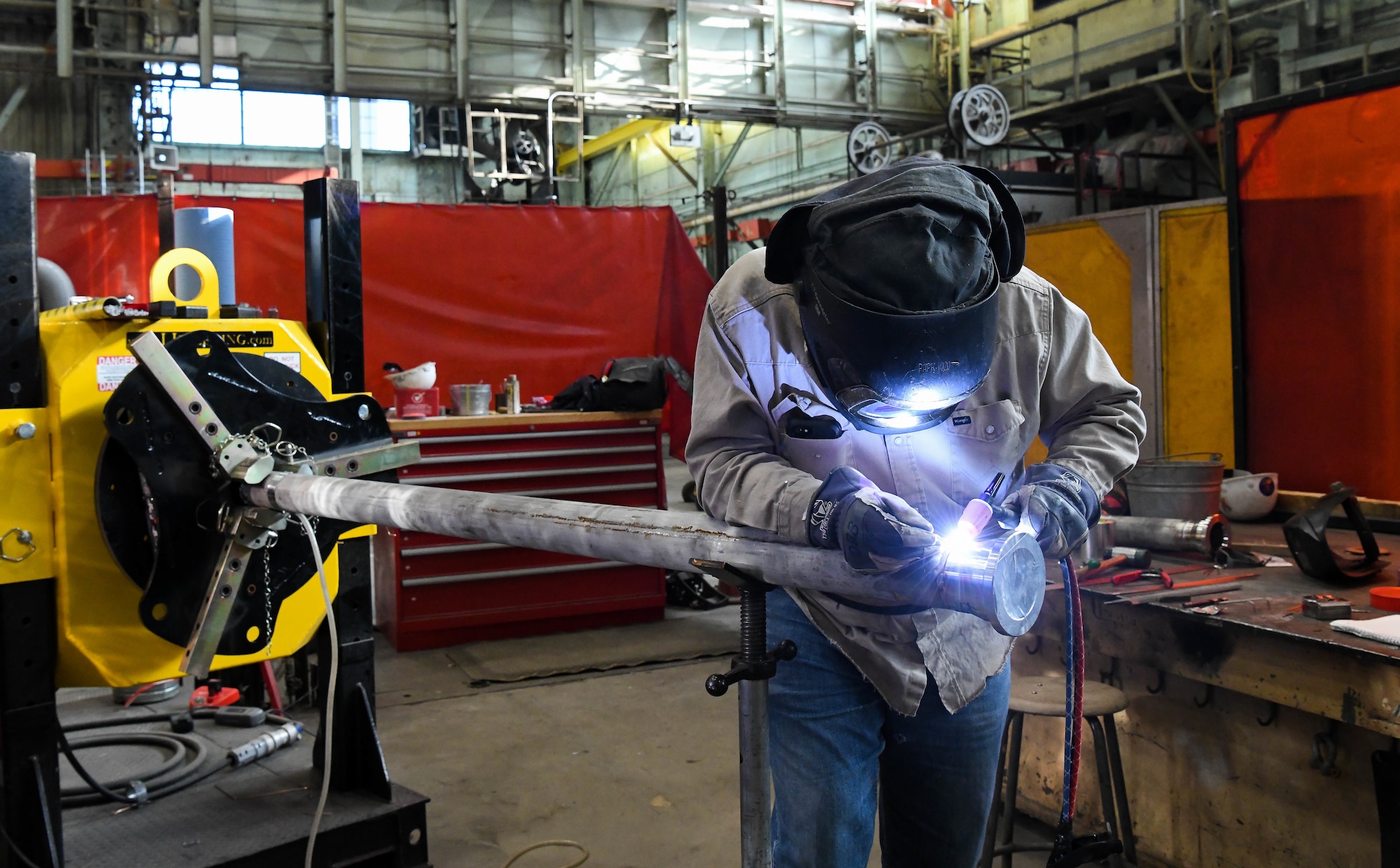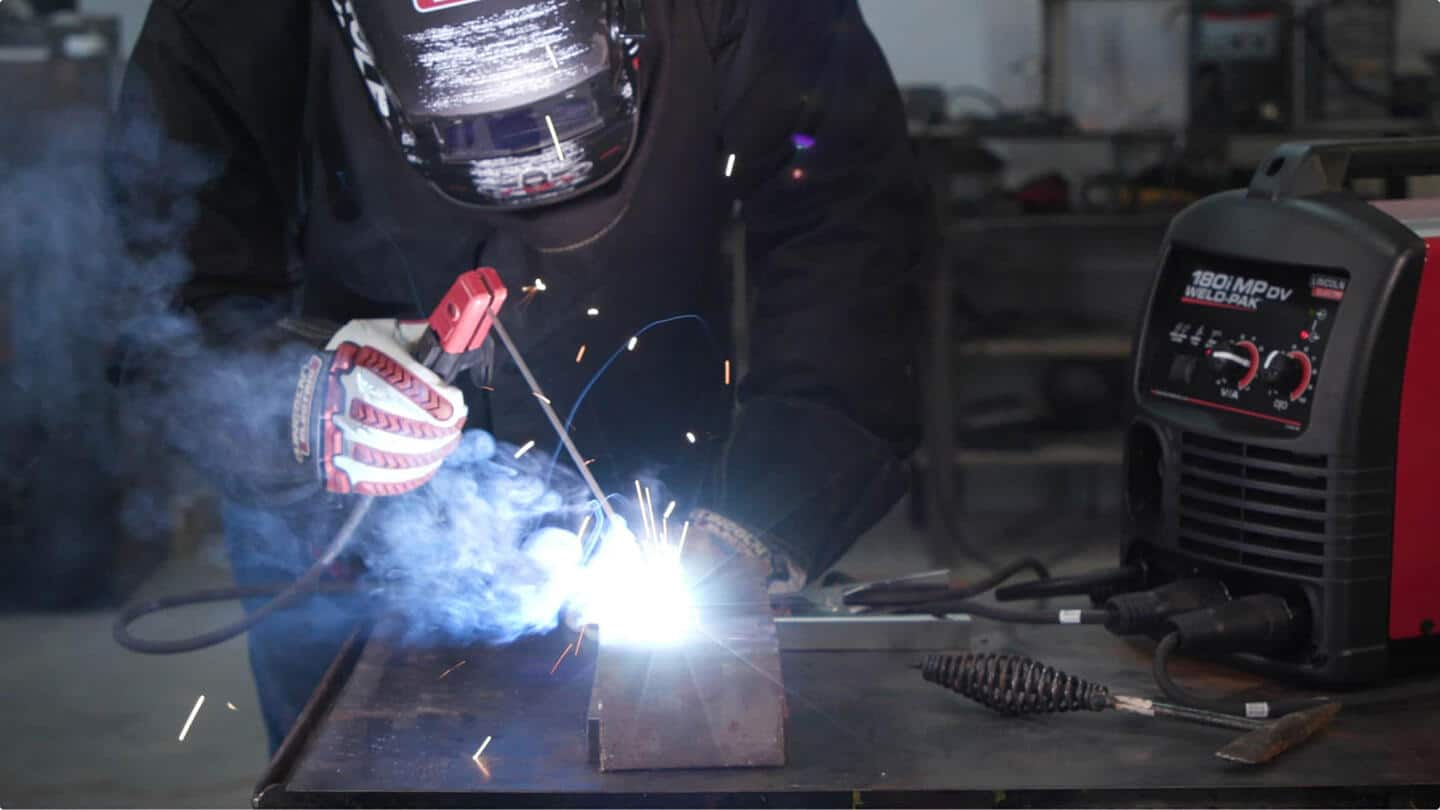Advanced Welding WPS: Customizing Specs for Complicated Projects
Advanced Welding WPS: Customizing Specs for Complicated Projects
Blog Article
Achieving Welding Excellence: Unveiling the Tricks of WPS Implementation and Optimization
In the realm of welding, achieving excellence is a quest that depends upon the careful implementation and optimization of Welding Treatment Specs (WPS) These foundational documents serve as the foundation of welding operations, determining the parameters and procedures needed for producing top notch welds consistently. Nevertheless, the keys to unlocking the complete possibility of WPS lie not only in recognizing its significance however additionally in mastering the ins and outs of its execution and optimization. By delving into the crucial elements, techniques, obstacles, and best practices connected with WPS, a world of welding excellence waits for those that are willing to explore its midsts.
Importance of WPS in Welding
The Significance of Welding Procedure Requirements (WPS) in the welding sector can not be overstated, offering as the foundation for making certain consistency, high quality, and security in welding procedures. A WPS offers in-depth guidelines on just how welding is to be executed, including necessary variables such as products, welding procedures, joint style, filler metals, interpass and preheat temperature levels, welding currents, voltages, traveling rates, and a lot more. By sticking to a well-defined WPS, welders can maintain harmony in their work, bring about consistent weld high quality throughout various jobs.

Crucial Element of WPS
Talking about the integral elements of a welding treatment requirements (WPS) is vital for recognizing its duty in welding procedures. One important aspect of a WPS is the welding procedure spec, which outlines the details welding procedures to be made use of, such as gas tungsten arc welding (GTAW) or secured steel arc welding (SMAW) By including these vital components right into the WPS, welding procedures can be standardized, ensuring top quality, performance, and safety in welding procedures.
Strategies for WPS Optimization

Second of all, training and qualification of welding workers according to the certain needs of the WPS is critical. Supplying thorough training programs and making certain that welders are certified to implement procedures outlined in the WPS can result in greater top quality welds and lowered rework.
Additionally, leveraging innovation such as welding software program and surveillance systems can assist in maximizing WPS. These tools can assist in tracking variables, making sure criteria are within defined restrictions, and providing real-time feedback to welders, allowing them to make prompt adjustments for improved weld top quality.
Usual Obstacles and Solutions
Facing obstacles in implementing the strategies for WPS optimization can hinder welding operations' efficiency and quality. One common challenge is poor training or understanding of the welding treatment specifications (WPS) among the welding team. This can result in incorrect execution of welds, resulting in flaws and remodel. To address this, comprehensive training programs should be implemented to make certain that all welders are proficient in applying and translating WPS properly.
Another challenge is the absence of correct paperwork and record-keeping, which is essential for WPS optimization. Without find out here now clear records of welding specifications, materials utilized, and evaluation outcomes, it ends up being challenging to recognize areas for renovation and guarantee consistency in welding procedures. Applying a durable paperwork system, such as digital welding administration software, can aid streamline record-keeping and promote data evaluation for constant improvement.
Additionally, inconsistent welding devices calibration and upkeep can position a substantial obstacle to WPS optimization. Routine tools checks, calibration, and maintenance timetables ought to be stuck to purely to make sure that why not try these out welding specifications are properly managed and maintained within the defined tolerances (welding WPS). By dealing with these common obstacles with aggressive options, welding procedures can improve performance, top quality, and general welding quality
Best Practices for WPS Execution
To ensure successful WPS implementation in welding operations, adherence to market criteria and precise interest to information are paramount. When starting WPS execution, it is crucial to begin by thoroughly recognizing the specific welding needs of the task. This entails a thorough review of the welding procedure specifications, materials to be bonded, and the ecological problems in which the welding will certainly take place.
As soon as the needs are clear, the next action is to choose the suitable welding treatment that aligns with these specs. This entails consulting the pertinent codes and requirements, such as those offered by the American Welding Society (AWS) or the International Organization for Standardization (ISO), to make sure conformity and quality.
Additionally, documenting the whole WPS execution process is necessary for traceability and top quality control. Thorough records should be kept regarding welding criteria, product prep work, interpass and preheat temperature levels, welding consumables utilized, and any type of discrepancies from the original treatment. Normal audits and evaluations of the WPS can assist recognize areas for improvement and make sure continuous optimization of the welding process.


Conclusion
Finally, the application and optimization of Welding Procedure Specs (WPS) is essential for attaining welding excellence. By comprehending the key components of WPS, executing reliable techniques for optimization, resolving typical obstacles, and complying with ideal practices, welders can make certain premium welds and browse around this site secure working conditions. It is imperative for experts in the welding sector to prioritize the correct implementation of WPS to enhance total welding performance and accomplish wanted outcomes.
The Value of Welding Treatment Requirements (WPS) in the welding sector can not be overemphasized, serving as the backbone for guaranteeing uniformity, high quality, and safety in welding operations. A WPS offers comprehensive directions on exactly how welding is to be brought out, consisting of necessary variables such as products, welding processes, joint design, filler metals, preheat and interpass temperatures, welding currents, voltages, travel speeds, and a lot more. One critical aspect of a WPS is the welding process specification, which describes the particular welding processes to be used, such as gas tungsten arc welding (GTAW) or shielded metal arc welding (SMAW) By integrating these crucial components right into the WPS, welding procedures can be standardized, guaranteeing top quality, efficiency, and safety and security in welding procedures.
It is essential for professionals in the welding market to prioritize the correct application of WPS to improve general welding efficiency and accomplish preferred end results.
Report this page